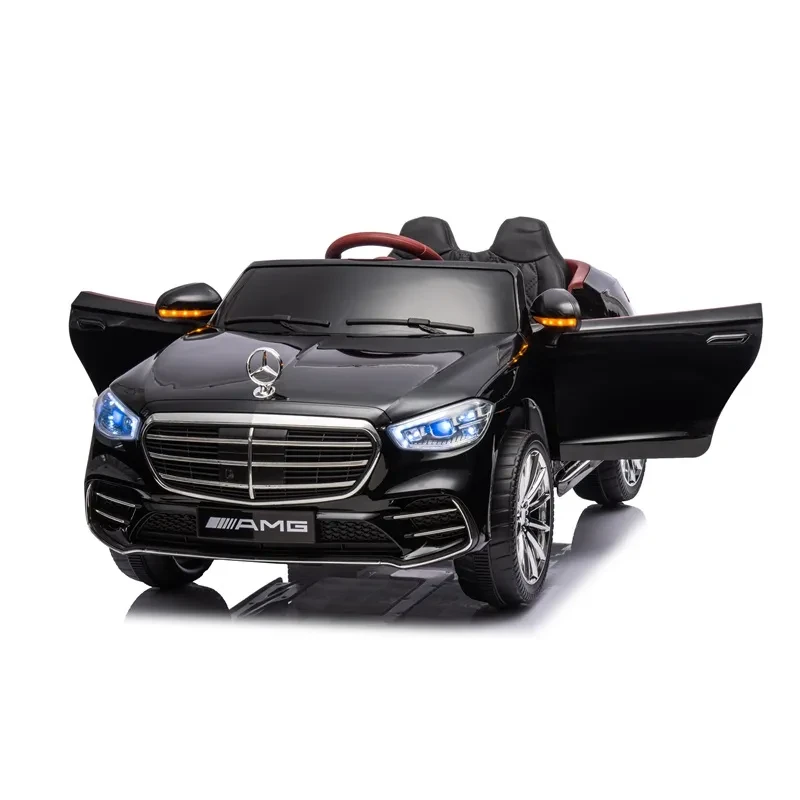Comparing 3-Wheel and 4-Wheel Knee Scooters for Mobility and Stability
3-Wheel vs. 4-Wheel Knee Scooters Which Is Right for You?
Knee scooters have emerged as a popular mobility aid for individuals recovering from lower leg injuries. They provide a convenient alternative to crutches, offering enhanced comfort and stability. When choosing a knee scooter, one of the primary decisions involves selecting between a 3-wheel and a 4-wheel model. Each design has its unique benefits and drawbacks, so understanding these can help you make an informed choice.
3-Wheel Knee Scooters Pros and Cons
3-wheel knee scooters are typically lighter and more agile than their 4-wheel counterparts. This design generally features one wheel in the front and two in the back. The advantages of this structure include superior maneuverability, particularly in tight spaces. If you live in an apartment or a smaller home, a 3-wheel scooter can make it easier to navigate through narrow doorways or hallways.
Another key benefit of 3-wheel scooters is their ease of transport. Many models are foldable, making them simpler to carry and store in your vehicle. For users who need to move from one location to another, this portability can be instrumental in maintaining an active lifestyle during recovery.
However, the compact design of 3-wheel scooters can sometimes compromise stability, particularly on uneven surfaces. Users may find themselves needing to exert more effort to balance the scooter, which could be a concern for some people. Therefore, proper usage and a keen sense of spatial awareness are crucial when using a 3-wheel model.
4-Wheel Knee Scooters Advantages and Disadvantages
3 wheel vs 4 wheel knee scooter

On the other hand, 4-wheel knee scooters offer enhanced stability thanks to their four-wheel design. This structure typically features two wheels at the front and two at the back, providing a broader base that can support users better, especially on uneven terrain. If you plan to use the scooter outdoors or on varied surfaces, a 4-wheel model may prove to be the safer option.
Additionally, 4-wheel knee scooters often come with more robust frames, which can support a higher weight capacity. They also tend to have larger wheels, which can help in navigating over obstacles like cracks in sidewalks or gravel.
However, while 4-wheel scooters are stable, they can be bulkier and less maneuverable than 3-wheel models. This added weight might make it more difficult to transport and store, particularly for users who have limited space. Also, for those in tight living quarters, navigating corners may present more of a challenge.
Conclusion Making the Right Choice for You
Ultimately, the choice between a 3-wheel and a 4-wheel knee scooter will depend largely on your lifestyle and personal needs. If maneuverability and portability are your top priorities, a 3-wheel model might be the best fit. However, if you require more stability and plan to use the scooter outdoors, a 4-wheel knee scooter may be more suitable.
Before making your decision, it’s wise to try out both options if possible, as personal comfort and usability are paramount. Whichever model you choose, a knee scooter can significantly enhance your mobility during recovery, allowing you to regain your independence more smoothly.
-
Understanding Voltage in Battery for Children's Motorized CarNewsJun.05,2025
-
Safety Features to Look for in an Electric Car for KidsNewsJun.05,2025
-
How to Teach Your Child to Ride a Kids MotorcycleNewsJun.05,2025
-
How to Prevent Falls on a Balanced ScooterNewsJun.05,2025
-
How to Maintain Your 3 Wheeled Scooter for LongevityNewsJun.05,2025
-
Best Motorcycle Scooters for Urban CommutingNewsJun.05,2025
